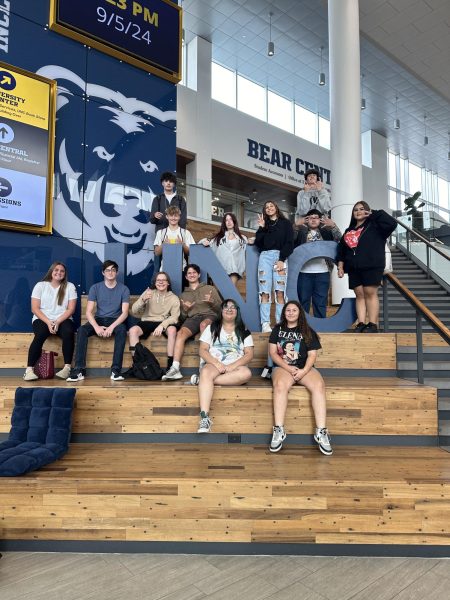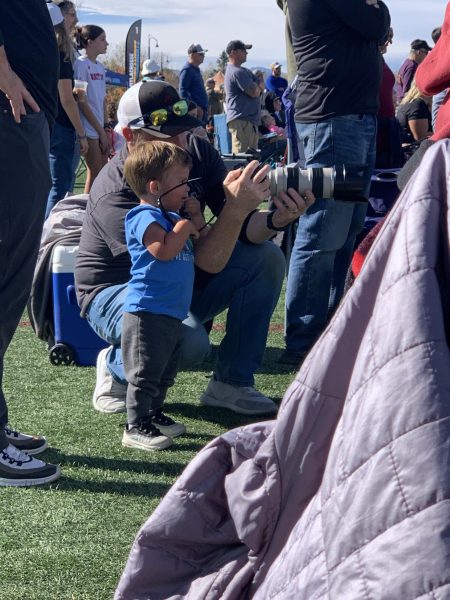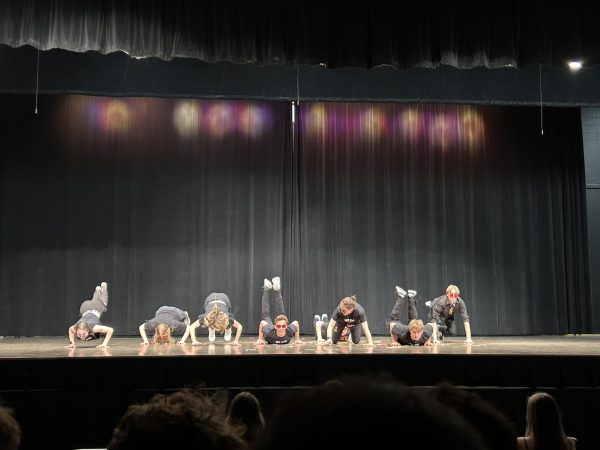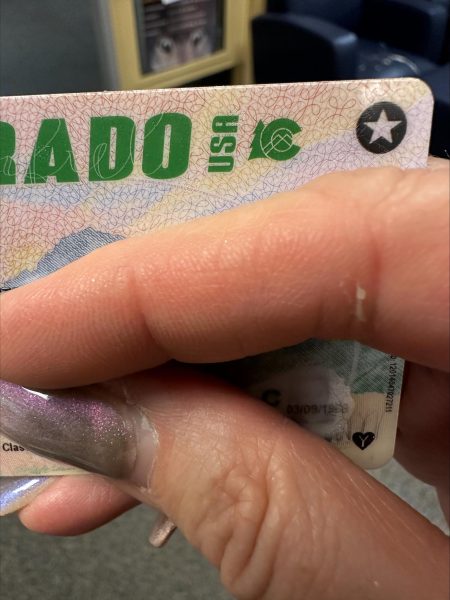Safe 2 Tell
Schools are here to help with resources–things like guidance counselors, deans, and the wellness center all assist students with day-to-day struggles. One of the resources that may be forgotten is Safe 2 Tell.
The history of Safe 2 Tell started 20 years ago in Littleton, Colorado, when two bullied teenagers committed an atrocity of enormous proportions. Fifteen people lost their lives and 24 more were injured. According to safe2tell.org, Colorado lawmakers including Attorney General Ken Salazar and Governor Bill Owens helped create Safe 2 Tell. Their goal was to create an anonymous outlet for students to submit information that keeps them and their school community safe.
Safe 2 Tell is an important resource. In the 2019 school, year Safe 2 Tell has been used almost a hundred times, with all of those reports used to make the school as a whole safer. According to the administration, there were reports concerning school attacks, domestic violence, hard drug use, and even child abuse. That being said, if you see something that makes you even the slightest bit uncomfortable, then you should report it because 100% of the reports are followed up and investigated.
If you don’t know of, have never heard of, looked up, or read something about Safe 2 Tell, go to their official website and read some of their articles and stories. Safe 2 Tell has the ability to be one of the best resources the school has, and students should be using it.
But let me ask you, in your entire high school career have you ever been shown how to use Safe 2 Tell? Has there ever been a school wide assembly on what it’s all about? Well, unless I’ve missed something large and remarkable, then the answer is no. All students at Rocky see on a daily basis is the posters hung in various places around the hallways and the information on the back of their ID cards. Simply telling students that something exists creates no incentive to use said thing.
Hopefully, providing examples and statistics will help students see the value.
Safe 2 Tell could be an extremely valuable asset. As Dean of Students Mr. Stapelton put it, “I think that it saves lives.”
Mr. Ruffner said, “It helps people reach out and ask for help for themselves and others…It provides a venue that feels more comfortable.” Those words speak volumes for what Safe 2 Tell represents: a positive avenue of change for teachers and students to feel comfortable in the place where they spend the most time.
Most people I’ve heard from see it as a platform to tell on other students for trivial things, but the statistics don’t bear this out. The majority of issues are quite serious. While I don’t know how to stop this perception, I can say that we as a high school population can use the tool given to us to actually improve and make the populous feel safer.
Tools are given to high schoolers and we don’t always use them. No surprise there, but if you or someone else sees something or hears something that could be truly unsafe to other students, report it. Safe 2 Tell is a convenient and a great way to do so.

Carter is a Junior at Rocky and really, really likes Peanut M&Ms and Blueberry Red Bull. He wants to be a lawyer and have a very fun time in life making...









Abigail Hertzog • Oct 16, 2019 at 10:22 pm
Great Article!